QIP process: A stepping stone to building a quality birthing center
By Naresh Newar in Parbat, Nepal
Nagina Kumari U. was barely 18 when she gave birth to her first baby at Urampokhara Health Post in Bihadi Gaunpalika. She recalls how inconvenient it was to deliver her baby here. It had a birthing facility but hardly qualified as one. The conditions were so deplorable that most mothers from this rural municipality ward refused to visit this birthing center.
“Today, there has been a big transformation with help from One Heart Worldwide, which has provided a lot of guidance on how to make improvements,” says 21-year-old Nagina, who has now joined the birthing center as the nurse.
Urampokhara is among the 20 rural health facilities that OHW has been helping to improve in Parbat district. Parbat is one of the new program districts where OHW has been implementing its maternal and neonatal health programs in partnership with local governments since 2021. When the One Heart team started work in Bidahi Guanpalika in July 2021, the Urampokhara birthing center was in a deplorable state. It was just one poorly maintained room with only a wooden bed used for both antenatal checkups and birth delivery. There was no privacy for the pregnant women. The health post management committee team were not active. There were no emergency kits to deal with complications. There was no nurse trained as skilled birth attendant (SBA). The hygiene conditions were poor and there were no emergency kits in case the nurses had to deal with pregnancy complications.
Now things have changed, recalls Nagina. There is now a proper maternity bed, and the delivery room is well organized and clean. Additionally, the birthing center now has complete delivery sets and an emergency medical set for any potential complications like post-partum hemorrhage, eclampsia or preeclampsia. Since one of the causes of newborn mortality hilly Parbat district is hypothermia during cold weather months, the Urampokhara birthing center is also equipped with a radiant warmer.
“So much has changed and it is amazing to see,” says nurse Sushma T., who received SBA training with OHW’s support.
Change takes time and involves a rigorous process of needs assessments, followed by quality improvement processes (QIP), which OHW completes in partnership between with a local government health post team.
“Both the needs assessment and QIP are very important steps to identify the weakness, faults and gaps, and then work towards improvement in strengthening the system inside the health facility,” says Sandhya B., Training/Field Supervisor of OHW. She explains how the QIP process has been helping to bring a lot of positive changes both in clinical and health system management.
OHW works closely with the nurses, health post in-charge and management committee members to ensure the success of the QIP process. They work in detail to assess the hygienic conditions, availability of ambulance services, telephone connection, room availability, water supply, delivery and emergency medical sets, sterilization, and waste disposal system. In addition, they also assess the quality of care of the services
provided by the birthing center, including the treatment of patients. Some factors that are evaluated include whether clear information was given to expecting mothers, if counseling was provided for safe motherhood, and whether a safe environment has been created for providing quality services. Each quality domain is then color coded with red, yellow, and green. Red indicates “poor”, yellow refers to “needs improvement”, and green means “good”.
“Both the management committee and clinical team have important roles to play to address concerns and find solutions. It is a continuous process and doing one QIP is not enough. We need to constantly follow up to strengthen their health system,” says Parbat’s OHW district coordinator Kabindra R. He shares how the needs assessment and QIP has helped to educate the health facility team to make informed decisions. Along with providing support for renovation and maintenance of birthing centers, this initiative also helps OHW to identify what equipment is needed and who would benefit from training, including both nurses and the management team.
“The QIP is a very good initiative and it has opened our eyes to what improvement is needed. OHW also helped us to uncover our own weaknesses and gaps in service, and they have given us training on health facility management. We really want to thank the OHW team for all their support,” says Shyam Bahadur KC, Bihadi Gaunpalika Ward 5 Chair. He is also the Chair of the Urampokhara health facility management committee. He shares how the committee members now have regular monthly meetings where productive discussions are helping them to make decisions and take steps toward improvement. His team hopes that all the red coded areas will soon be transformed into green.
One of the results of the QIP has also been the decision to build a new birthing center in Bihadi Gaunpalika. The local government has already purchased land where the birthing center will be built. In line with OHW’s philosophy of local buy-in and sustainability of the programs, the building and planning of the new birthing center will be based on a partnership, cost-sharing model between OHW and the local government.
“This was always my dream and now I am seeing it is coming to reality,” says Gopha Kumari B., the Health Post In-Charge. She has been working at the health post for over three decades and had been lobbying for many years to improve the birthing center. She shares how the local families are already elated to see how services have improved, and news of the new birthing center is sending waves of happiness through the community, especially amongst the women.
The QIP process has provided a valuable basis of understanding within the management committee members on how they can have meaningful engagement to build a quality birth facility.
“When we worked together with OHW on the needs assessment and QIP, it was very honest and transparent and helped us to recognize our own weaknesses and identify opportunities. We really want to thank OHW for their active guidance. We look forward to being more active in transforming everything that has been colored red,” says Choknath B., member of the management committee.





